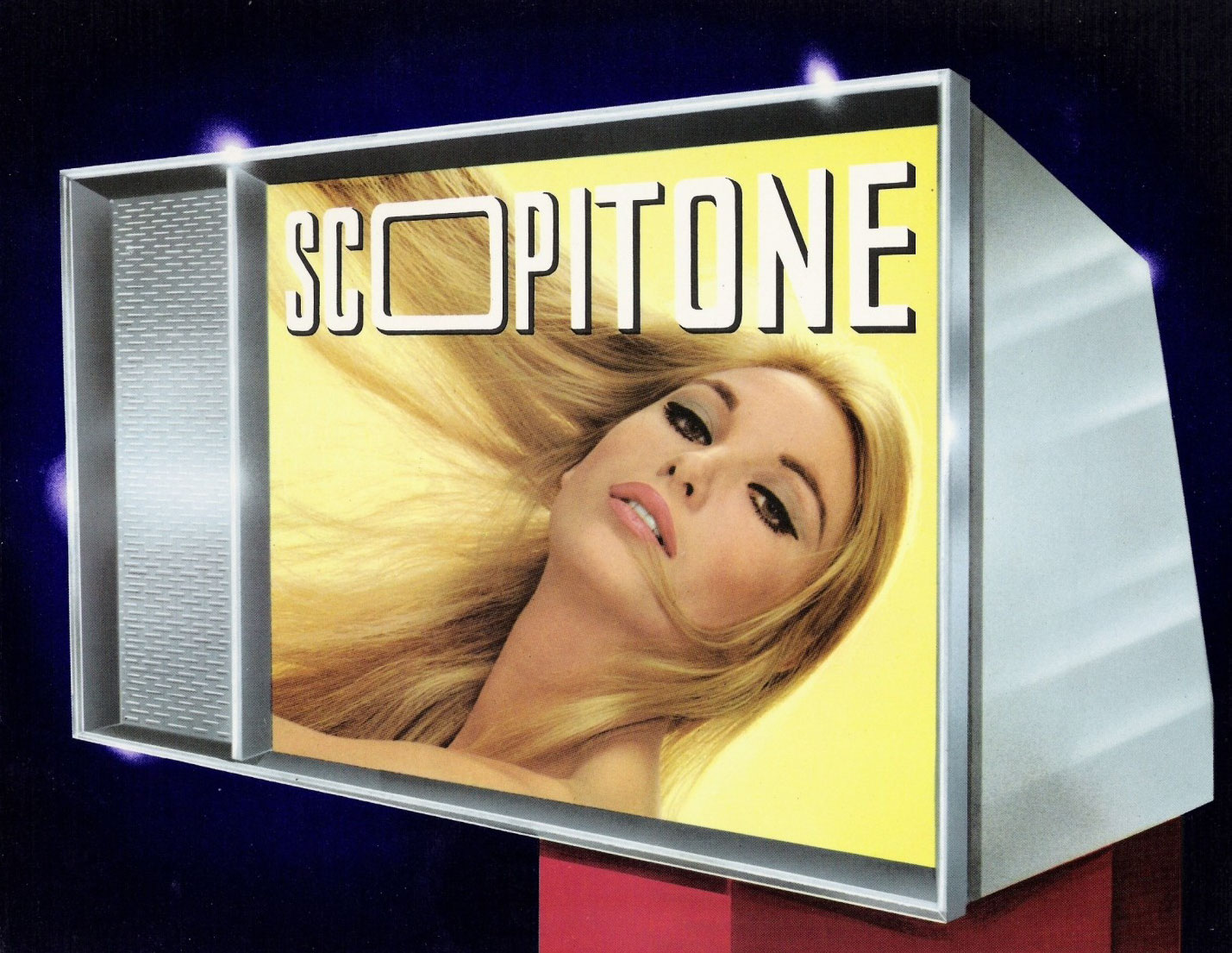Scopitone: The ancestor of music video

Today, most people think of the music video as appearing in the 1980s, gaining momentum with the rise of MTV, and at the very least being closely linked to the invention of videotape.
However, the music video actually had a quirky predecessor named Scopitone—and it is quite a charming acquaintance.
The first Scopitone machines saw the light of day in France in the late 1950s and made their debut in bars and nightclubs. The Scopitone was a huge machine—about the size of a fridge—crowned by the most essential part: the projection screen.
While a traditional jukebox allowed one to choose from a selection of vinyl singles, the Scopitone was loaded with short 16 mm films. So not only could one hear the hits of the time—one could see the artists themselves performing them—20 years before MTV.
One of the first Scopitones from 1958 featured Serge Gainsbourg’s breakthrough hit “Le poinçonneur des Lilas” (filmed on location at the Metro station Porte des Lilas).
Gradually, Scopitone machines spread from France to the rest of Europe and the USA, and films began featuring local stars. However, the greatest artists in the regions didn’t really embrace the new format, sand Scopitone remained primarily a French phenomenon. Today, these French clips are a great source of the 1960s phenomenon Yé-yé, where very young girls sang British-inspired pop music (the name was a French distortion of the Beatles and other groups’ repeated use of “yeah yeah” in their lyrics).
Seen with modern eyes, Scopitone clips often looked like grand displays of pure kitsch. Inevitably influenced by the time of their reation in the early 1960s: Colours were gaudy, and depicting women almost exclusively as flirty beauty queens dancing provocatively in skimpy bikinis was still the order of the day.
Also, most clips were obviously produced on shoestring budgets. Many simply feature the soloist or orchestra singing in a studio. And when an actual “concept” is at play, the script seem to have taken up only a few lines: “Procol Harum walks around in some grass. There is a church in the background.”
The reign of the Scopitone was short-lived. The concept was outdated as early as the late 1960s, and the last film for the format was recorded in 1978—by which time a new medium was already waiting in the wings.
But the format hasn’t been forgotten. Scopitone aficionados have carefully compiled online listings of all the films ever released. Scopitone compilation DVDs with various themes have been produced. And if you’re looking for some lighthearted entertainment on a Sunday afternoon, you could do worse than a search for “Scopitone” on YouTube.
Leave a Reply